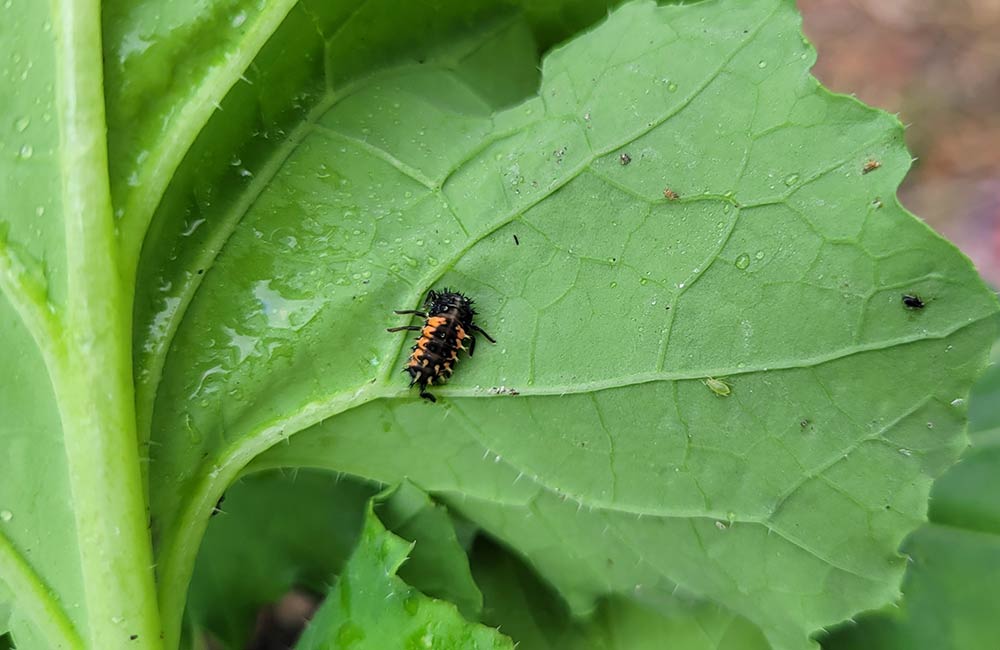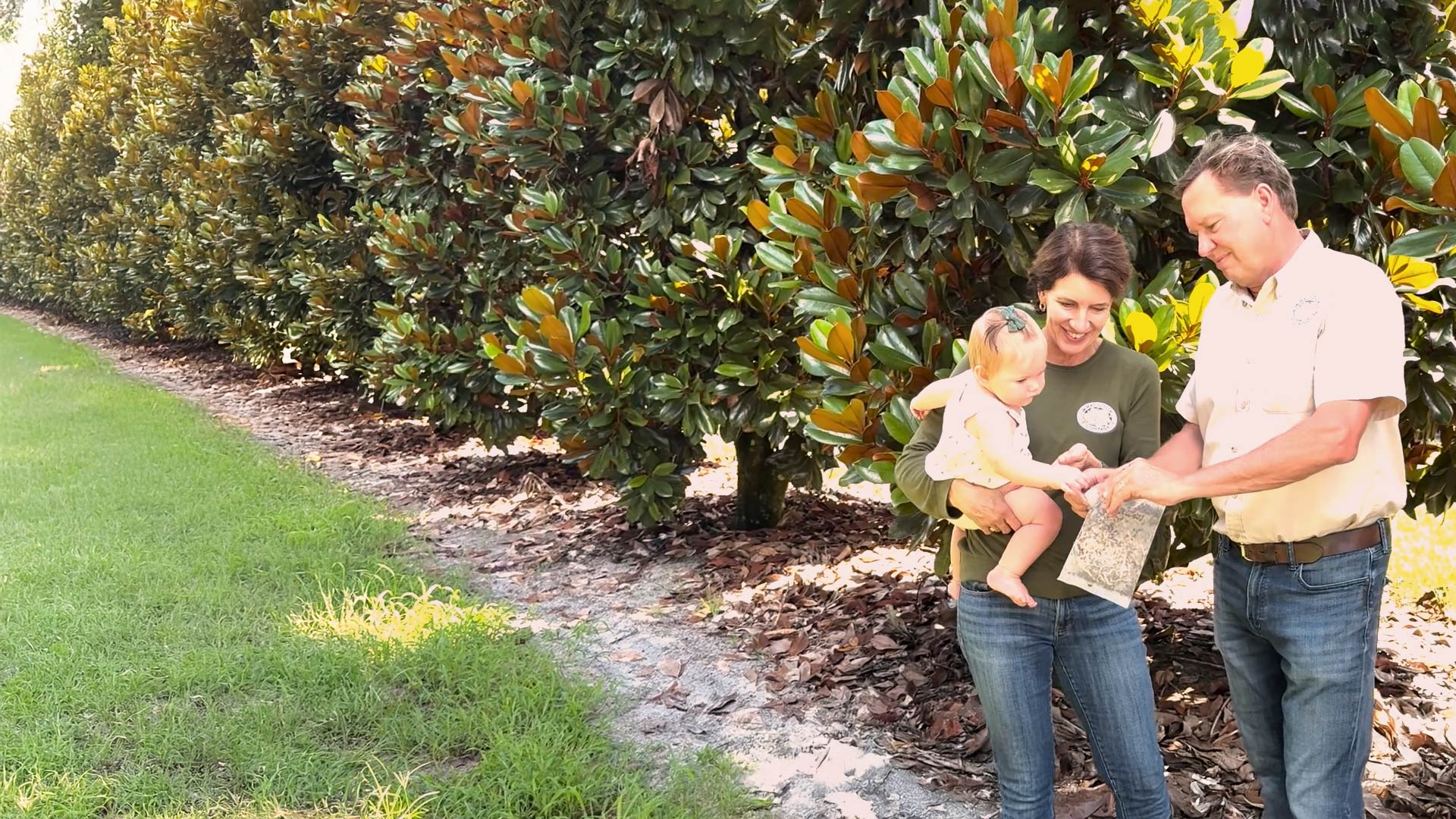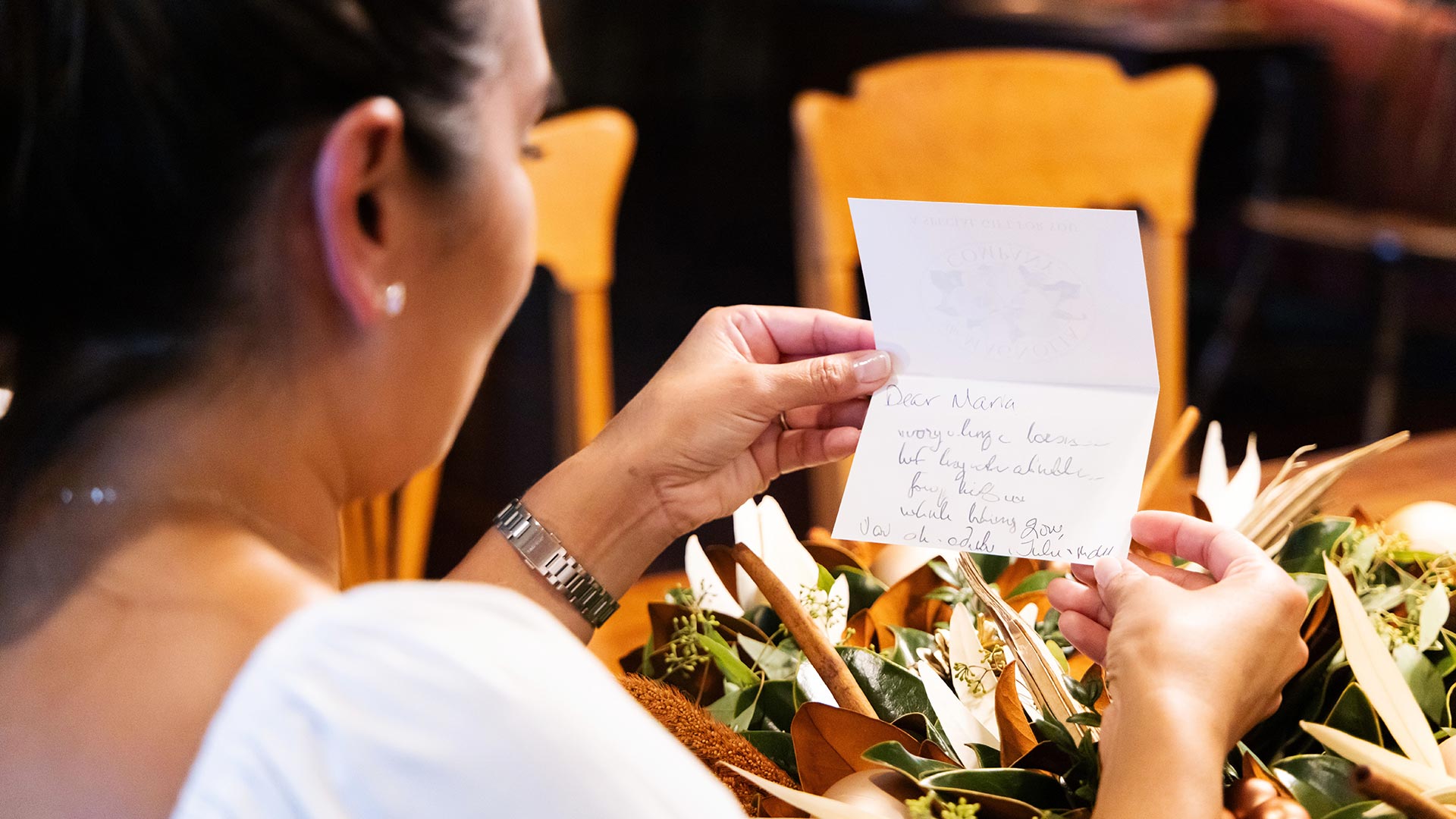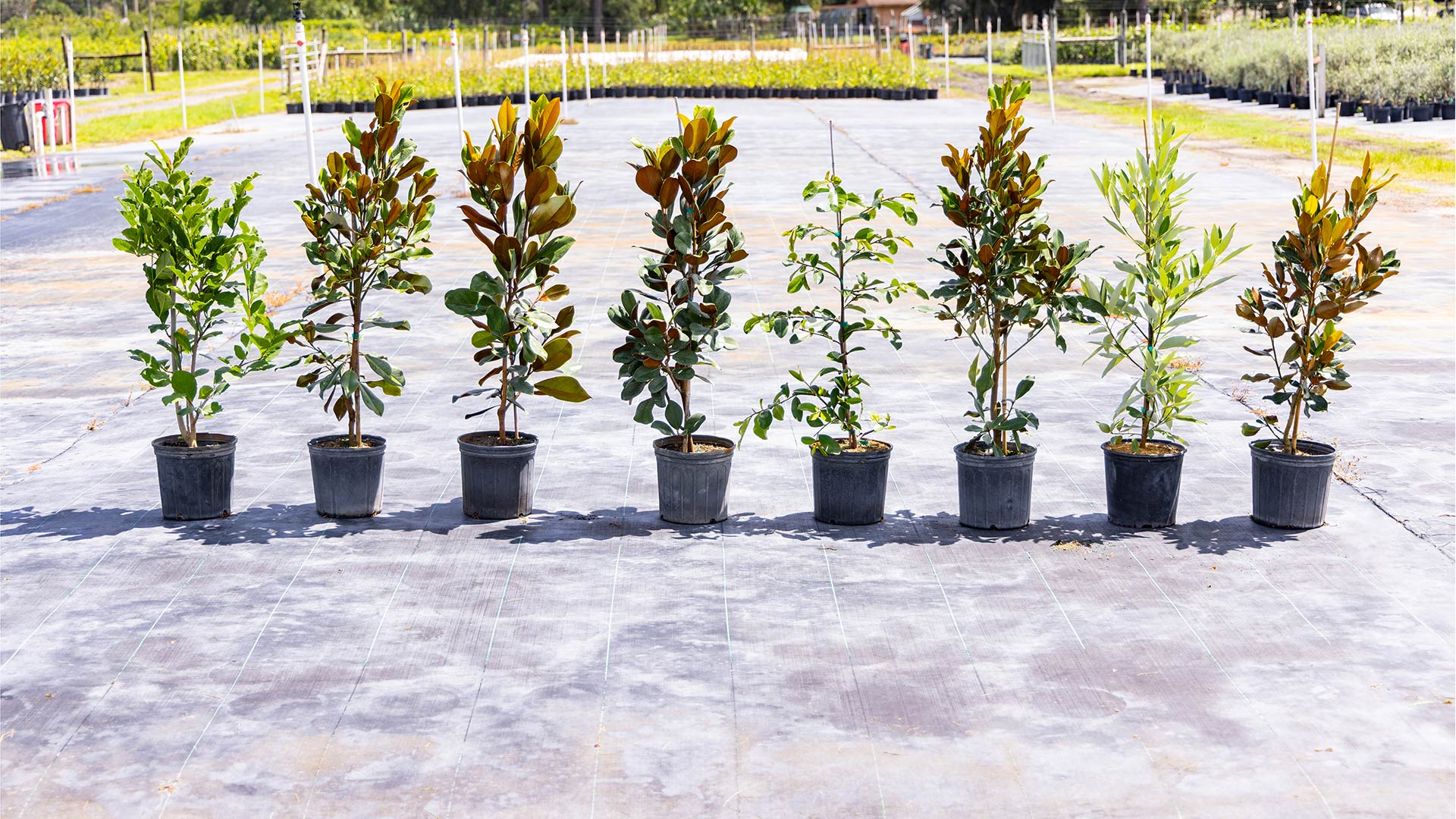Did you know that ladybugs are a symbol of good luck?
You’ll find ladybugs represent luck and good fortune in several cultures across the world, especially in Europe. Many people grew up with the adorable superstition that when a ladybug lands on you, you’ll have a lucky day.
While we can’t speak to your experiences with ladybug luck, we will always count our blessings when a ladybug comes our way! In fact, your garden is a lucky one if a ladybug chooses to make your garden its home.
We’re diving into the secret life of ladybugs - and why you want to make sure you keep these incredible little beetles around!
Young & Hungry
Ladybugs are carnivorous beetles. At face value, that sentence sounds like it’s straight out of a horror movie trailer. The word “carnivorous” is pretty intimidating! Why on earth would you want to have a carnivorous beetle roaming around your yard? Doesn’t that mean it eats meat?
Yes, yes it does.
Not to worry - ladybugs have a very select appetite. While these beetles are predators, they’re far from sitting at the very top of the food chain. You can rest assured-they're safe and won't bother your pets, kids, or loved ones. Instead, they prefer to pick on something their own size: aphids.
One of the biggest reasons gardeners adore ladybugs in their garden is pest control, and it has everything to do with a ladybug’s life cycle.
They Grow Up So Fast!
First, a female ladybug lays a clutch of eggs on a leaf. These eggs hatch in about a week. What hatches isn’t the ladybug you and I are accustomed to seeing. Unlike humans, our pets, or even most animals, many insects go through different transformations (also called metamorphoses) in their lifecycle. Young ladybugs look vastly different from mature ladybugs.
What hatches out of each ladybug egg is called a larva. This insect looks scary, and there’s a reason. Larvae make great snacks for larger predator species, like birds.
In order to survive long enough to make it to maturation, the larvae have a few defense mechanisms in their corner. Their biggest advantage is their foul taste and mild toxicity when eaten, and they signal this with an orange or red pattern on their bodies. We see this in many other species as well, like poison dart frogs. This phenomenon is called “aposematism.”
Ladybug larvae also have spines all over their backs, which discourage predators that didn’t get the toxicity message.
By having a spikey exoskeleton and a bright orange and black coloration, the ladybug larvae announce to the world “Don’t eat me! It won’t end well for you!”
The larvae will stay in this form for about 3 weeks, and like your kids during a growth spurt, they’ll eat you out of house and home! In order to fuel their development, each individual ladybug larva will consume nearly 400 meals of its prey of choice. Aphids, a super common garden pest that wreaks havoc on gorgeous plants across North America, also happen to be the primary meal that ladybug larvae hunt.

Let’s do the math:
Each clutch of ladybug eggs contains 10 - 50 eggs. For the sake of easy calculations, we’ll split this down the middle and say the average clutch is 30 eggs. We’ll assume that 5 don’t make it (this is nature, after all).
That leaves 25 hungry larvae on the hunt for aphids. Let’s assume that every larva survives this phase of its life and successfully evades its predators.
If each larvae will consume around 400 aphids before its next transformation, your garden just naturally rid itself of 10,000 aphid pests. No chemicals needed.
Imagine what would happen if you had multiple ladybugs lay eggs in your garden… Talk about luck!
Adulthood
After the larva phase, the ladybug-to-be will pick a safe spot on a leaf to bunker down for a week as it becomes a pupa. A pupa is sessile, meaning it doesn’t move. Think of this phase like a caterpillar’s cocoon. At the end of the week, the ladybug we know and love emerges, ready to mate and continue its journey. Each ladybug lives for a few weeks to a few months.
Over the course of its lifecycle, a single ladybug (from egg to beetle) will consume nearly 1,000 aphids and other pests, like mites, mildew, and fungi. Each female ladybug will lay 300-1,000 eggs in her lifetime, and she’s smart enough to lay her clutches where aphids and other pests are already present so the larvae have a hot & ready food source when they hatch.
So how do you attract ladybugs to your garden?
We’d love for you to never have to worry about pesky pests like aphids ever again! Attracting ladybugs to your yard is easy.
Start by planting native, pollen-rich plants in your garden.
A lot of people miss the “native” part of this step, and then wonder why they don’t get ladybug blessings. Ladybugs across the country are used to seeing certain plants in their habitat. A Florida ladybug will recognize different plants as habitats and food sources than a California ladybug. Opt for plants that check both the “native” and “pollinator friendly” boxes in your zip code. The National Wildlife Federation has a great plant finder on their website that allows you to filter for both of these factors!
Stop using chemical pesticides.
You’re not going to get a generational population of ladybugs in your garden if you’re killing off the ladybugs that visit your garden! Neem oil is a non-chemical pesticide alternative, and it’s quite effective. If you must deal with a pest problem, use neem oil instead of a chemical pesticide.
Plant aphids’ favorite foods.
Yep, you’re going to want to attract aphids - in a controlled manner. Your ladybug larvae need something to eat before they grow up and move to protect other plants in your garden, and they need to eat a lot. Milkweed is a great place to start. It’s not a losing fight, though. Milkweed also attracts monarch butterflies!
Make a “ladybug hotel.”
Did you know that ladybugs hibernate? Some lucky bugs will live a long life that lasts through the winter. By making an insect hotel with a small pile of leaves or wood logs, you’ll create a generational population of ladybugs in your yard.
Welcome Your New Friends!
With time and patience, you’ll find your garden thriving with local ladybugs, ready to add their colorful beauty, whimsey, and protection to your beloved plants.
Good luck!



